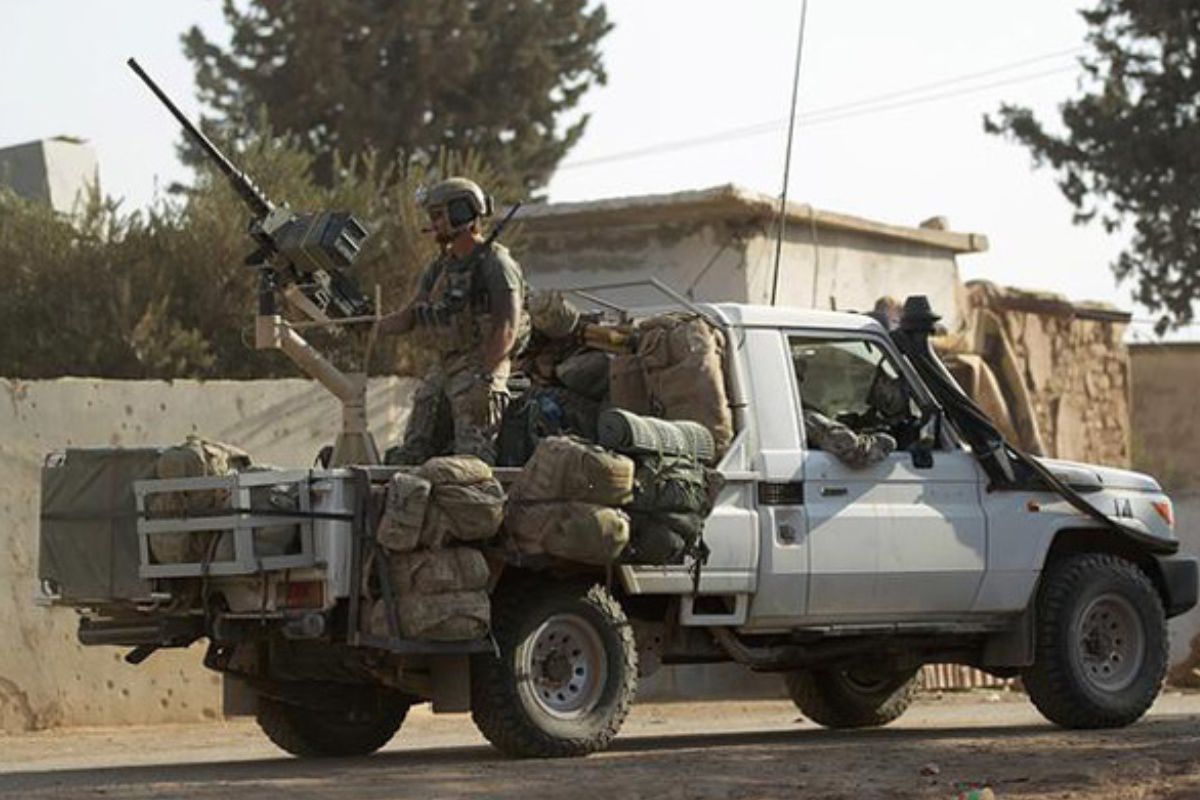In a world marked by ever-evolving geopolitical dynamics, the recent report from the US Strategic Posture Commission urging a transformation in America’s military strategy presents a sobering call for action. While the notion of preparing for simultaneous wars with both Russia and China may seem daunting, the need for such a shift is not merely an exercise in preparedness but a reflection of the new realities that the United States faces on the global stage.
The report’s central argument, calling for the expansion of conventional forces, strengthening alliances and enhancing the nuclear weapons modernisation programme, demonstrates the multifaceted nature of contemporary security challenges. It is a wake-up call that emphasises the vital importance of adaptability and foresight in safeguarding the USA’s interests. At its core, the report suggests a transition from the existing strategy of “win one conflict while deterring another” to one that envisions readiness to “deter and defeat both adversaries simultaneously.”
Advertisement
This is not merely an academic exercise but a response to the dynamic geopolitical landscape, where China and Russia have increasingly shown assertiveness on the global stage. The concern about potential coordination between China and Russia in their nuclear capabilities underscores the urgency for this shift. While the report cannot confirm such coordination, its apprehension is legitimate. In a world where global power dynamics are shifting, the prospect of these two major powers aligning even partially should not be dismissed lightly.
What is evident is that the report recognizes the challenges this proposed strategy poses in terms of budget constraints. The price tag attached to such a transformation is indeed substantial and the US Congress’ willingness to allocate the necessary funds is uncertain. However, in the face of these challenges, the report argues that America must be willing to make the investments. It is a testament to their belief in the paramount importance of safeguarding US national security interests. This stance contrasts with President Joe Biden’s position that the current US nuclear arsenal is sufficient to deter both Russia and China. This divergence in views underscores the complexity of the issue. It prompts us to question whether the existing nuclear arsenal is genuinely adequate to address the evolving threat landscape.
It also raises the crucial issue of credibility – would the mere possession of nuclear capabilities suffice as a deterrent against increasingly assertive global powers? The report prepared by a panel, comprising six Democrats and six Republicans, demonstrates that this issue transcends party lines. The fact that this bipartisan group could reach a consensus on the necessity of such a strategy shift underscores its significance.
It is a rare instance of unity in an era of partisan division. The report emphasises that the Chinese and Russian threats will become acute in the 2027-2035 timeframe, necessitating immediate decisions and investments. It is a call to invest in the future of America’s security as a safeguard for generations to come. The unanswered question, of course, is whether America should invest equally in peace.











